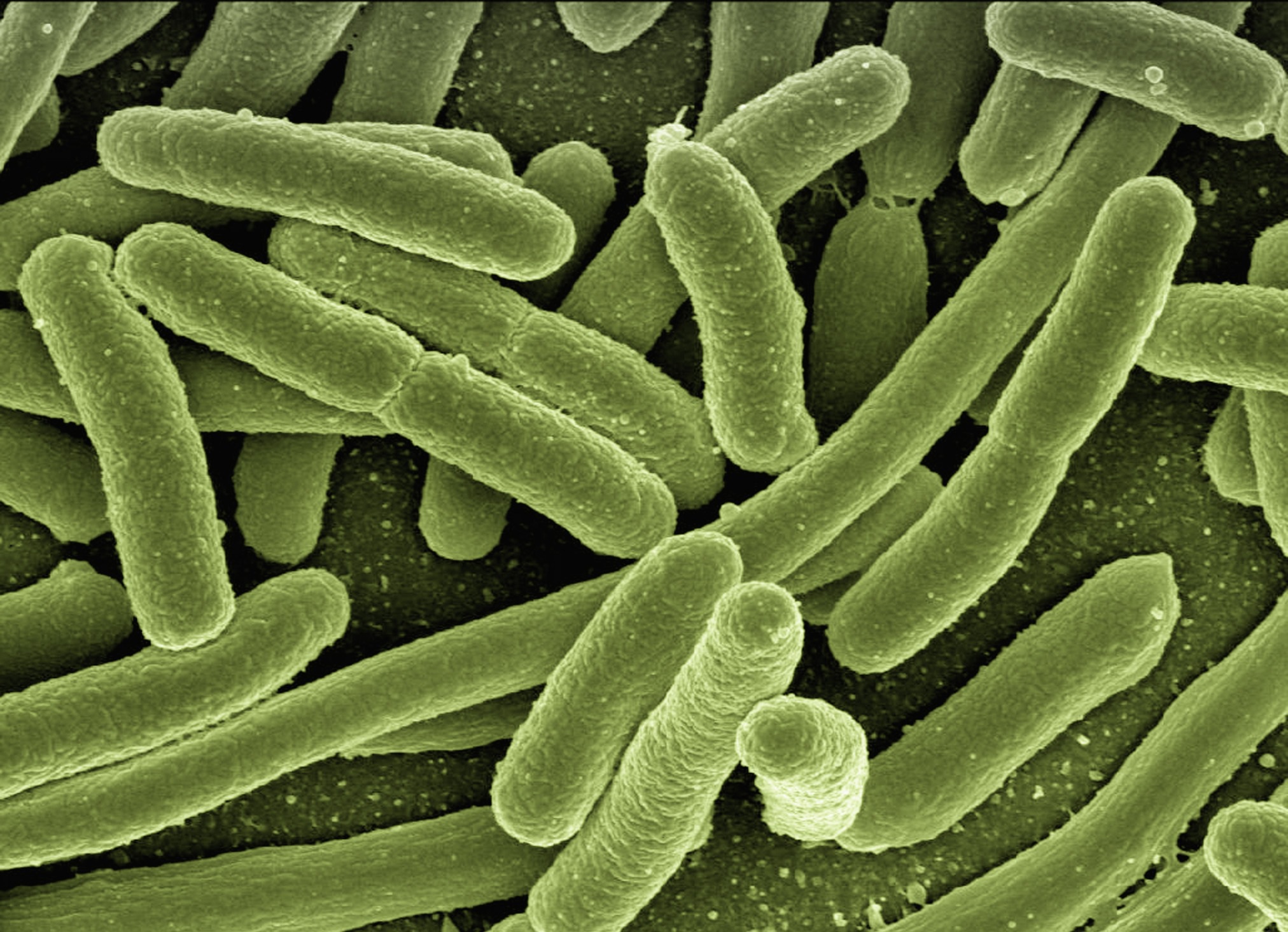The modern trend for rubber straps on everyday and luxury watches may increase the risk of bacterial infections, according to scientists at Florida Atlantic University.
Cloth straps, which are also popular for watches across all price points, were even worse.
Rubber straps have been used since the 1940s for professional divers’ watches, but it was Hublot that pioneered the material for dress-down luxury watches with the launch of its gold-cased Classic Original in 1980.
Over the past 20 years, almost every high end luxury watchmaker has started offering rubber straps, increasingly in every colour of the rainbow.
Of course, the company that makes more watches than any other is Apple, with over 40 million smartwatches sold per year, almost all of them worn on rubber straps that could be harbouring harmful bacteria including E.coli and Staphylococcus, according to the researchers.
Florida Atlantic University scientists took swabs from watches and straps worn by firefighters, vets, people following workouts and office workers.
Bacteria from the swabs was analysed and checked against the materials in the watches and straps.
Cloth straps were the least hygienic, followed by plastic, rubber, leather and then metals.
The current rise in popularity for gold watches is more than just a fashion trend and status symbol, it may also have health benefits since no bacteria was found on the precious metal, which has known antimicrobial properties.
So, should we care?
The bacteria found by the scientists is commonly found on the skin and poses little or no risk unless they find their way into a wound.
However, Dr Nwadiuto Esiobu, Professor of FAU Biological Sciences, says there is a need for regular sanitisation of straps using something like an ethanol spray.
“The quantity and taxonomy of bacteria we found on the wristbands show there is a need for regular sanitisation of these surfaces,” she adds.

